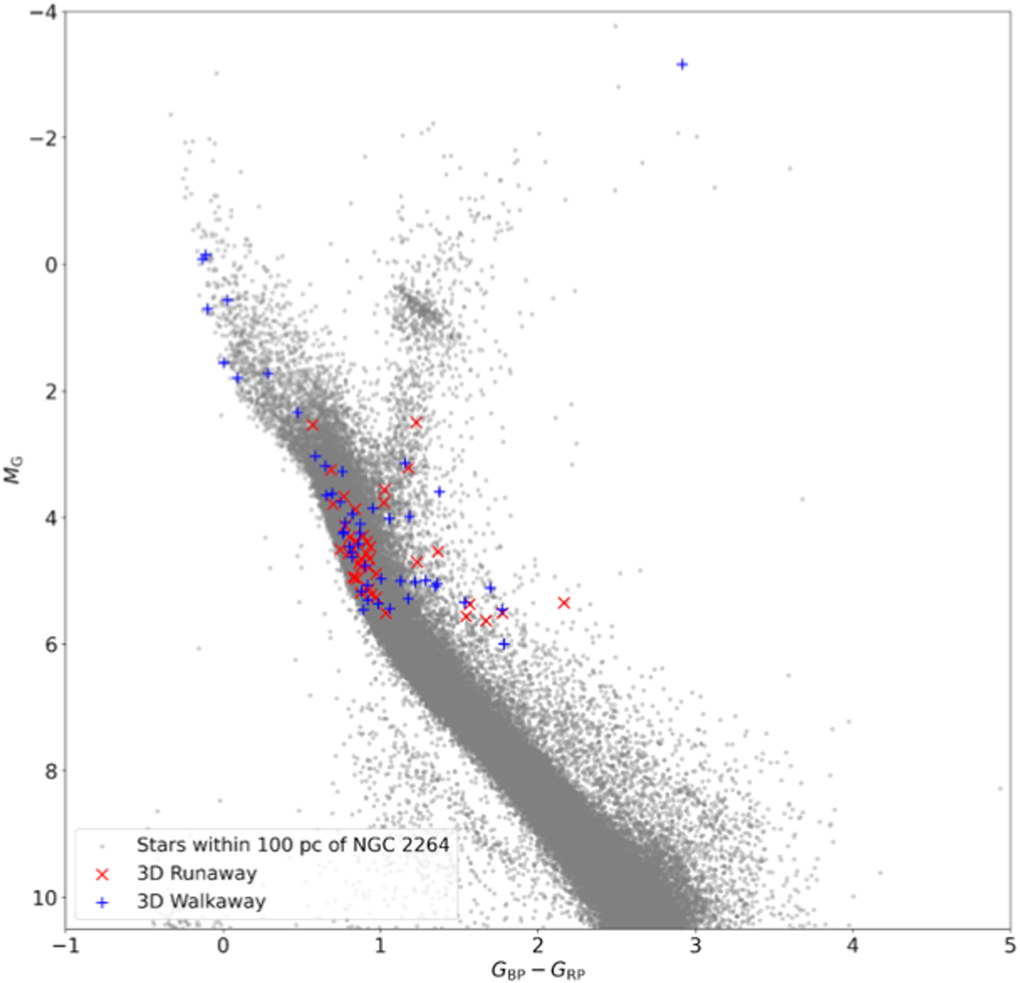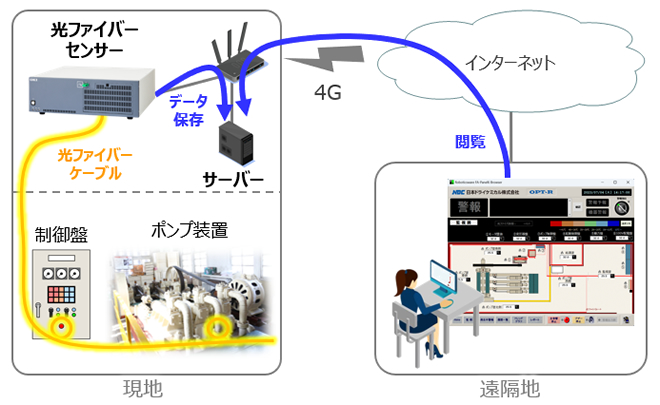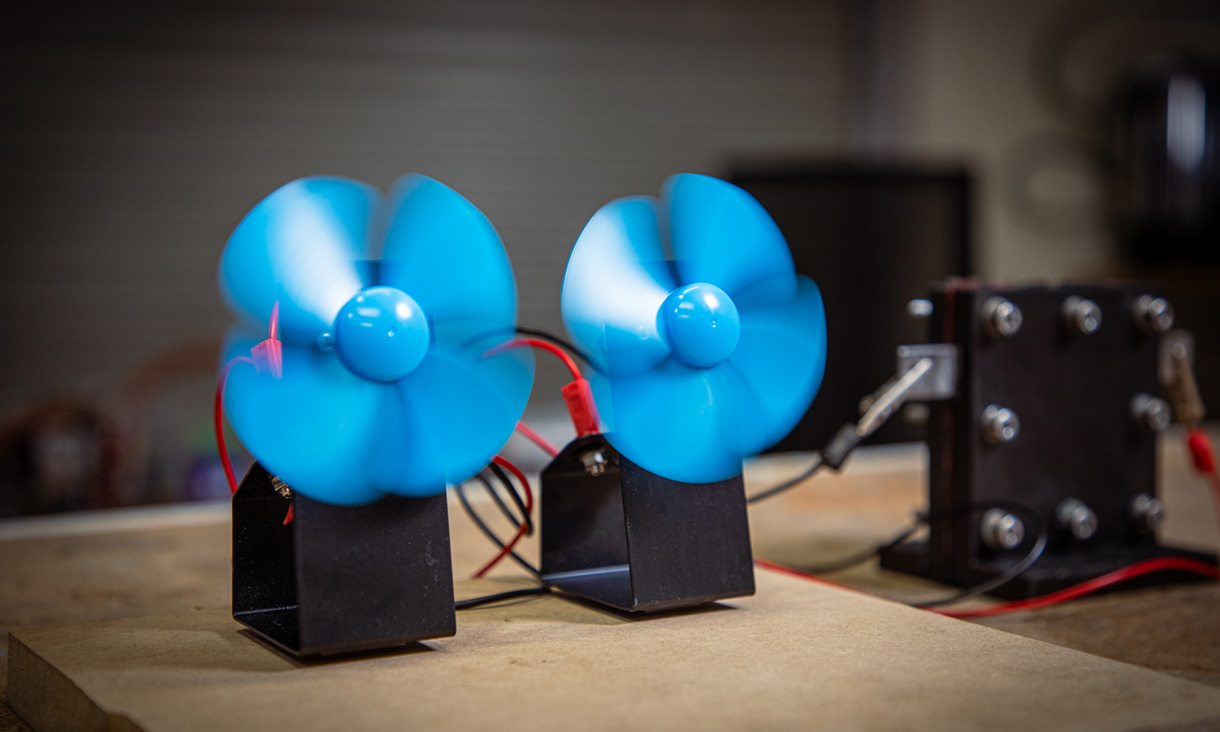2023-07-27 インペリアル・カレッジ・ロンドン(ICL)
◆従来、これらの元素の源は非常に巨大な星であると考えられていましたが、新たな研究により古い星も若い星と出会い、これらの元素を提供する可能性があることが示されました。この発見は科学研究における偶然の力を象徴しています。研究チームはガイア衛星を使用して古い星を発見し、さらに地球のような星がこれらの放射性元素を惑星形成中に捕捉できる量を計算しました。
<関連情報>
- https://www.imperial.ac.uk/news/246301/retired-stars-still-have-role-play/
- https://iopscience.iop.org/article/10.3847/2041-8213/ace24a
漸近巨星からの惑星系の同位体濃縮 Isotopic Enrichment of Planetary Systems from Asymptotic Giant Branch Stars
Richard J. Parker and Christina Schoettler
The Astrophysics Journal Letters Published: 2023 July 24
DOI:10.3847/2041-8213/ace24a

Abstract
Short-lived radioisotopes, in particular 26Al and 60Fe, are thought to contribute to the internal heating of the Earth, but are significantly more abundant in the solar system compared to the interstellar medium. The presence of their decay products in the oldest solar system objects argues for their inclusion in the Sun’s protoplanetary disk almost immediately after the star formation event that formed the Sun. Various scenarios have been proposed for their delivery to the solar system, usually involving one or more core-collapse supernovae of massive stars. An alternative scenario involves the young Sun encountering an evolved asymptotic giant branch (AGB) star. AGBs were previously discounted as a viable enrichment scenario for the solar system due to the presumed low probability of an encounter between an old, evolved star and a young pre-main-sequence star. We report the discovery in Gaia data of an interloping AGB star in the star-forming region NGC2264, demonstrating that old, evolved stars can encounter young forming planetary systems. We use simulations to calculate the yields of 26Al and 60Fe from AGBs and their contribution to the long-term geophysical heating of a planet, and find that these are comfortably within the range previously calculated for the solar system.



